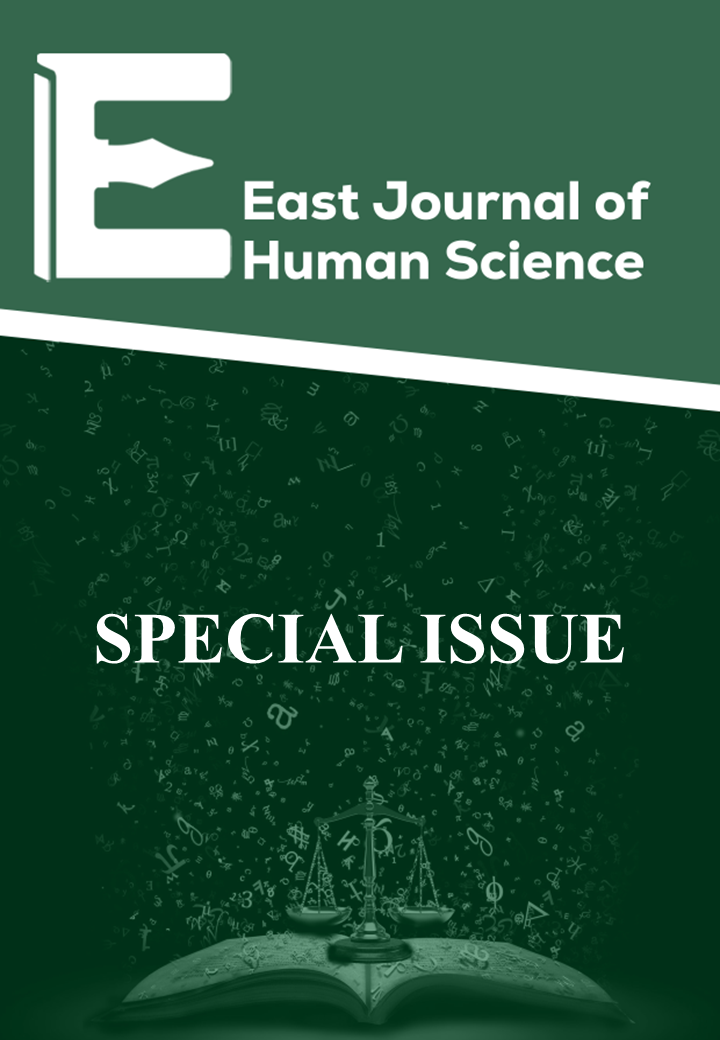Cybersecurity Threat Detection Using AI
Main Article Content
Abstract
The escalating complexity and frequency of cyberattacks demand intelligent, adaptive defense mechanisms capable of real-time detection and response. This study proposes a robust AI-driven threat detection framework utilizing the UNSW-NB15 dataset, which includes labeled network traffic and a diverse range of flow-based features. Machine learning models—specifically Random Forest and Gradient Boosting—were applied to classify malicious behavior with high accuracy. To enhance operational visibility, an interactive Power BI dashboard was developed, integrating advanced visual components such as heatmaps, geospatial threat maps, temporal attack timelines, and key performance indicators. The proposed system achieved a detection accuracy of 90.48%, with 92.95% precision and 92.42% F1-score, reflecting strong predictive capability. By combining AI-powered analytics with real-time visual intelligence, this framework significantly enhances situational awareness and supports data-driven, proactive cybersecurity decision-making.
Article Details
Section

This work is licensed under a Creative Commons Attribution 4.0 International License.





